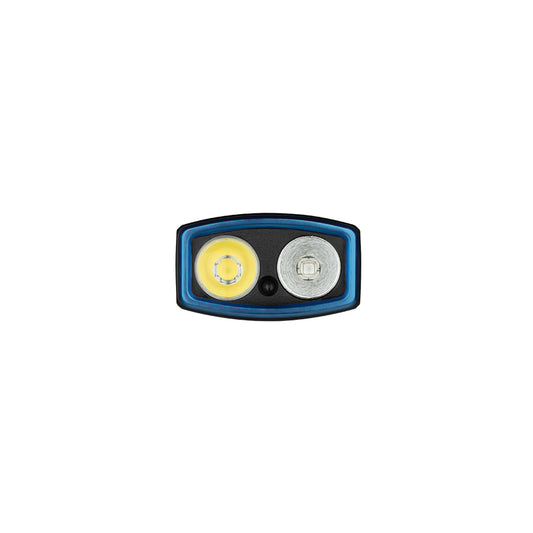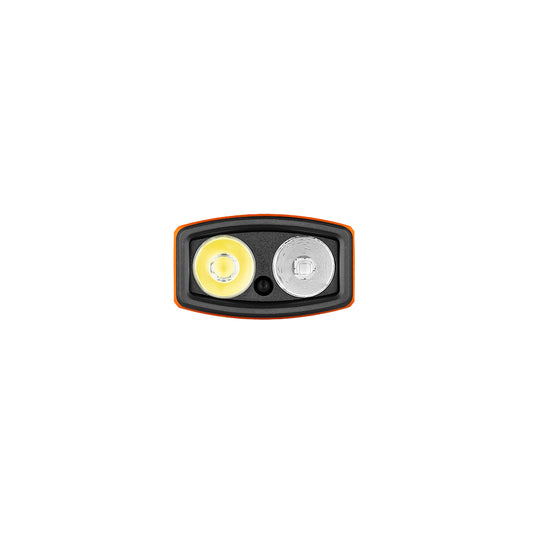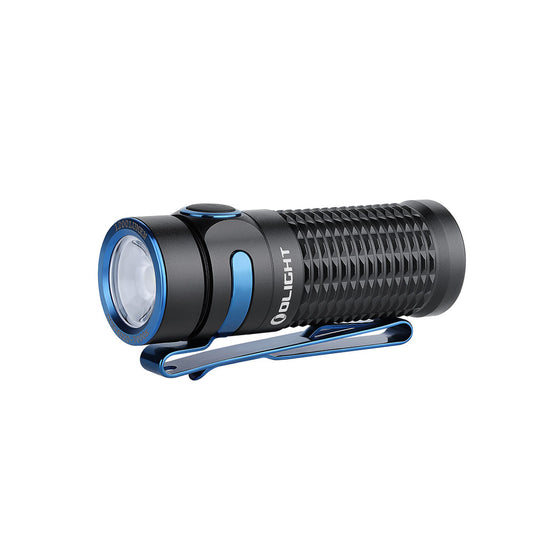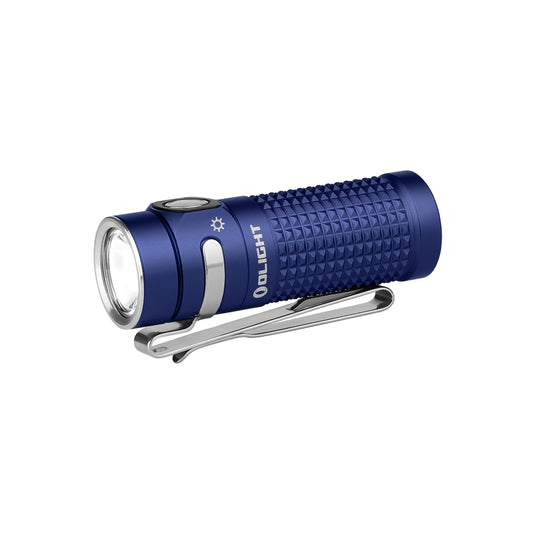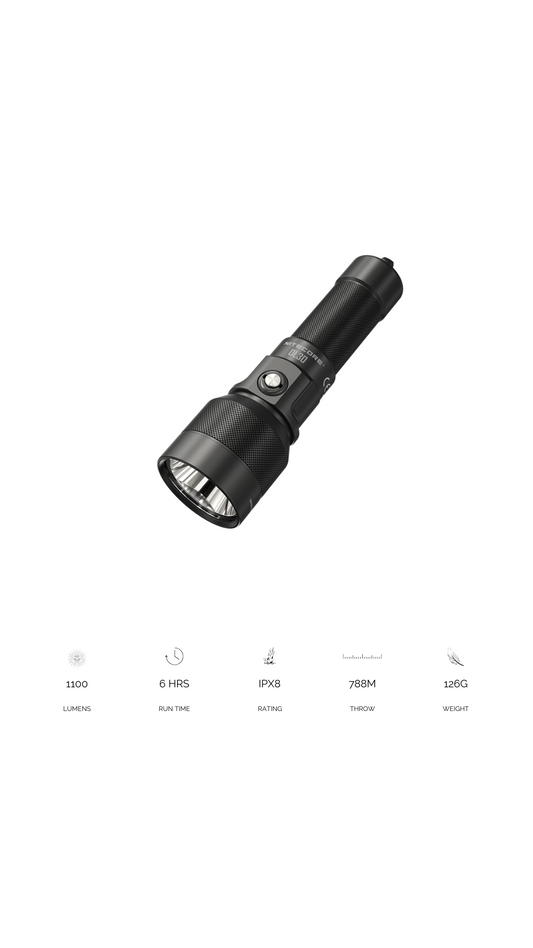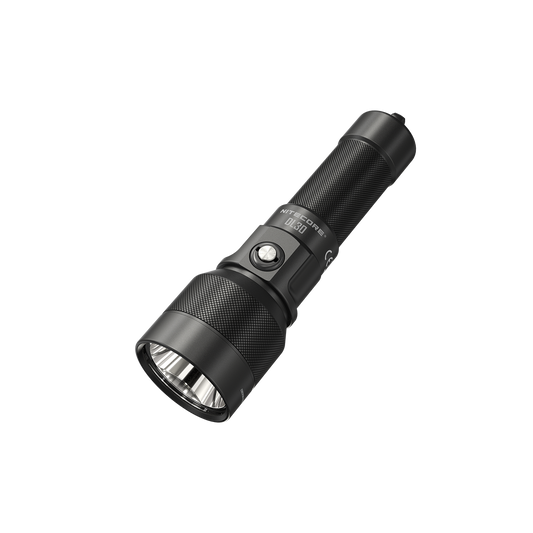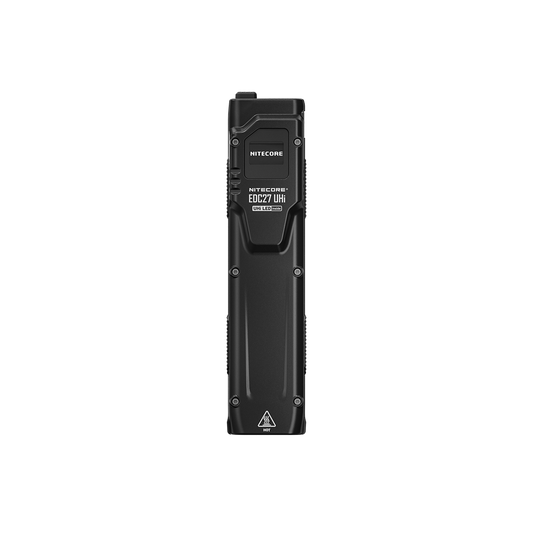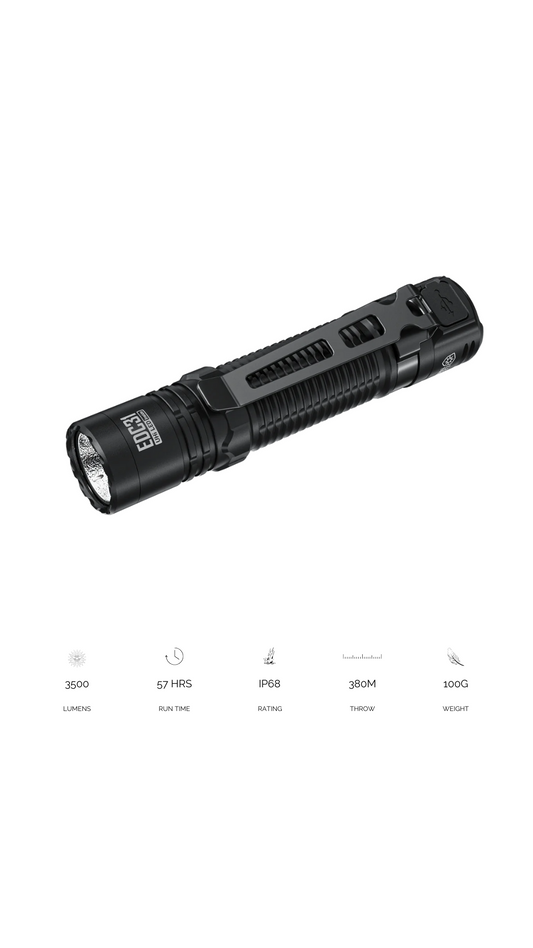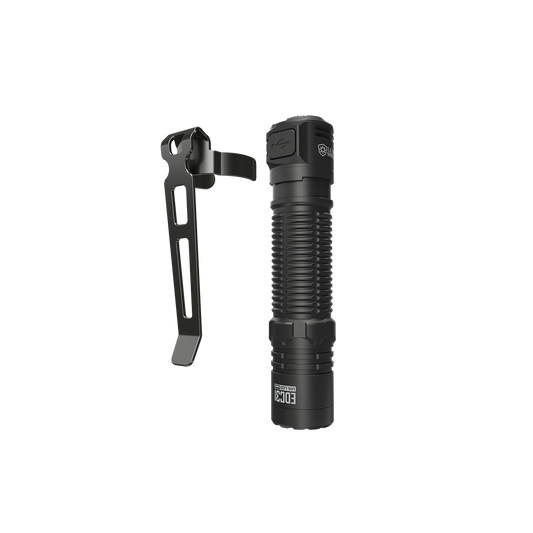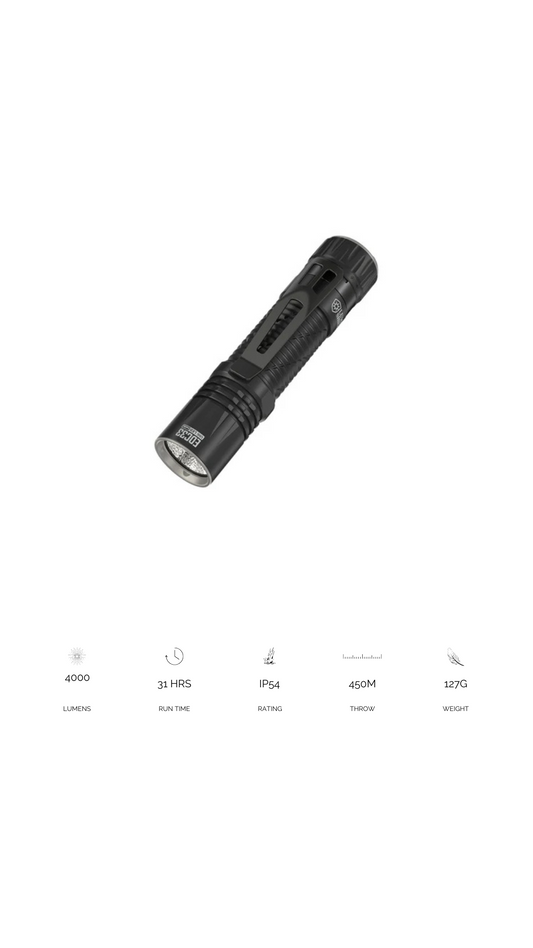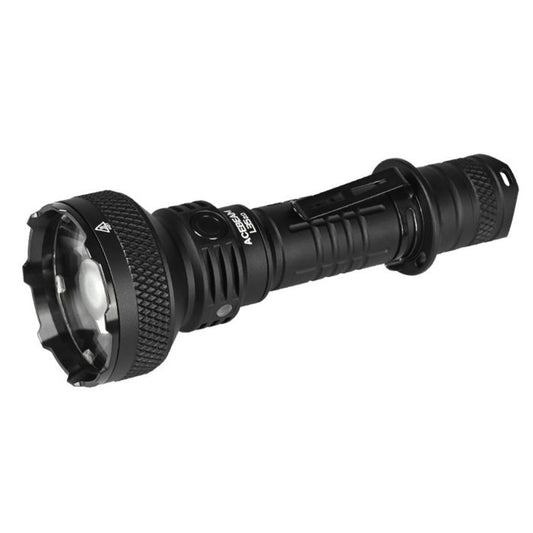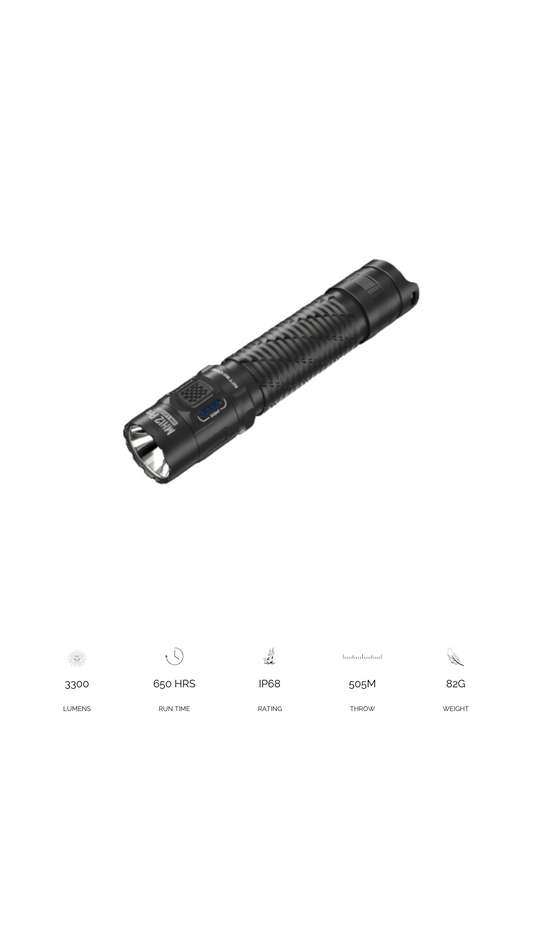
Ruck Up and Get Fit: What is Ruck Training
Ruck training, also known as rucking or marching, emerged from the military and has become a popular fitness trend. This simple yet effective exercise involves walking or hiking while carrying a weighted backpack, known as a ruck. While its roots lie in preparing soldiers for demanding treks, rucking offers many benefits for people of all fitness levels.
This quick guide delves into the world of ruck training, exploring its history, uncovering a wealth of benefits, providing proper technique pointers, outlining training plans, and addressing safety considerations.

A Legacy of Strength: A Brief History of Rucking
"ruck" originates from the military term "rucksack," a heavy-duty backpack that carries essential supplies. Soldiers have long incorporated weighted marches into their training regimens to build the strength and endurance to navigate challenging terrains with all their gear.
Rucking's rise in popularity among civilians can be attributed to several factors. One is the growing interest in functional fitness that mimics real-world movements. Another is the accessibility of rucking – it requires minimal equipment and can be done almost anywhere. Additionally, the low-impact nature of rucking makes it suitable for people with joint issues who might struggle with high-impact exercises like running.
A Multifaceted Approach to Fitness: The Many Benefits of Ruck Training
Rucking offers many physical and mental benefits, making it a well-rounded addition to any fitness routine. Here's a closer look at some of the key advantages:
- Cardio Champion: Carrying extra weight while walking elevates your heart rate, promoting cardiovascular health and boosting your endurance. Imagine conquering hills and long distances with newfound stamina.
- Strength and Powerhouse: Rucking works numerous muscle groups, including the legs, core, back, and shoulders. The constant effort of carrying weight strengthens these muscles and improves overall power output. Lifting groceries, carrying luggage, or playing with your kids becomes effortless with a stronger you.
- Balance and Stability Master: A loaded backpack challenges your core and postural muscles, improving balance and stability. This translates to enhanced coordination in everyday activities and a reduced risk of falls. Thanks to rock-solid stability, you can navigate uneven terrain with newfound confidence.
- Strong Bones, Strong You: The stress placed on your bones by carrying weight can stimulate bone growth, promoting increased bone density. This is particularly beneficial for preventing osteoporosis later in life. Invest in strong, healthy bones throughout your lifespan with ruck training.
- Mental Toughness Trainer: Rucking can be mentally demanding, especially over longer distances or challenging terrains. Pushing through the discomfort builds mental resilience and grit, translating to improved performance in other areas of life.
- Stress Buster: Exercise, in general, is a well-known stress reliever. Rucking, in particular, can be a form of moving meditation, allowing you to focus on the rhythm of your steps and the natural environment, promoting relaxation and reducing stress.
- Weight Management Warrior: Rucking burns significantly more calories than regular walking. This increased calorie expenditure can be valuable for weight management and body fat reduction.
- Functional Fitness for Everyday Life: Rucking mimics real-life activities like carrying groceries, luggage, or children, making you stronger and more prepared for daily tasks.

Gearing Up for Ruck Training: Essential Equipment and Considerations
The most crucial piece of equipment for rucking is the backpack itself. Ideally, choose a well-fitting, comfortable ruck designed for load-bearing activities. Look for a padded hip belt, adjustable straps, and a sturdy frame for optimal weight distribution. Military surplus stores and various fitness brands offer rucking backpacks.
Beginners should start with a moderate weight, around 10-15% of their body weight. As you progress, you can gradually increase the weight to challenge yourself further. Pack heavier items closer to your back and lighter items towards the front for even weight distribution. Use weight plates, sandbags, water bottles, or books to add weight.
Supportive footwear is essential. Hiking boots or sturdy trail shoes offer ankle support and traction for uneven terrain. Staying hydrated is crucial, so bring a hydration pack or water bottle and take frequent sips throughout your ruck. Dress in comfortable, breathable clothes appropriate for the weather conditions. Consider moisture-wicking fabrics to stay dry and prevent chafing.

Mastering Proper Rucking Technique: Posture, Stride, and Movement
Maintaining good posture is essential for preventing injuries and maximizing the benefits of rucking. Stand tall with your shoulders back and down, core engaged, and gaze forward. Focus on taking shorter, controlled steps rather than long strides. Maintain a steady pace that allows for comfortable conversation. Swing your arms naturally at your sides for a balanced and efficient walking motion.
**In the next section, we will explore training plans to help you get started with rucking and safety considerations

Building Your Rucking Strength: Training Plans and Safety Considerations
Now that you understand the benefits and the basics of rucking, it's time to explore how to incorporate it into your fitness routine. Here, we'll delve into training plans and safety considerations to ensure you get the most out of your rucks with minimal risk of injury.
Building a Foundation: Sample Ruck Training Plans
Beginner (1-2 Months):
- Frequency: 1-2 rucks per week
- Distance: 2-3 miles
- Weight: 10-15% of body weight
- Pace: 15-20 minutes per mile
Focus on building a solid foundation by keeping the weight moderate and gradually increasing the distance or duration of your rucks each week. Listen to your body and take rest days when needed.
Intermediate (2-6 Months):
- Frequency: 2-3 rucks per week
- Distance: 3-5 miles
- Weight: 15-20% of body weight
- Pace: Aim to improve your pace gradually
Once comfortable with the beginner plan, you can increase the weight or distance while maintaining a moderate pace. Consider incorporating interval training by adding short bursts of faster walking or jogging within your ruck.
Advanced (6+ Months):
- Frequency: 3-4 rucks per week
- Distance: 5+ miles
- Weight: 20-30% of body weight (experienced truckers only)
- Pace & Intensity: Experiment with different paces and add hills or weighted lunges for an extra challenge
By incorporating challenging terrain, advanced truckers can push themselves further with increased weight and distance. To avoid injury, remember to prioritize proper form over heavier weights.
Remember: These are just sample plans. Adjust them based on your fitness level and goals. It's always best to consult with a healthcare professional before starting any new exercise program, especially if you have any pre-existing health conditions.
Safety First: Essential Considerations for Rucking
Rucking is a safe and effective exercise when done correctly. Here are some essential safety tips to keep in mind:
- Warm-up and Cool-down: Dedicate 5-10 minutes to dynamic stretches and light walking before your ruck, and perform static stretches afterward to prevent muscle soreness.
- Proper Form: Maintain good posture throughout your ruck. Focus on engaging your core and using proper walking mechanics to avoid strain on your back and joints.
- Listen to Your Body: Don't push yourself too hard, especially when starting. Take breaks when needed and address any pain promptly.
- Hydration is Key: Drink plenty of water before, during, and after your ruck. The amount will vary depending on weather conditions and exercise intensity.
- Fuel Your Body: Eat a balanced meal or healthy snack before your ruck to provide energy. For longer rucks, consider bringing additional snacks or energy gels.
- Choose the Right Terrain: Start on flat, even surfaces until you build your strength and endurance. Gradually progress to more challenging terrains like hills or trails.
- Weather Matters: Dress appropriately for the weather conditions. Avoid rucking in extreme heat or cold. Be aware of potential hazards like slippery surfaces or lightning storms.
- Buddy Up: Consider rucking with a partner, especially for beginners. It can motivate, provide safety in emergencies, and make the experience more enjoyable.
By following these tips and gradually incorporating rucking into your routine, you can reap its numerous benefits while minimizing the risk of injury. So, lace up your boots, grab your ruck, and get ready to experience the transformative power of ruck training!



